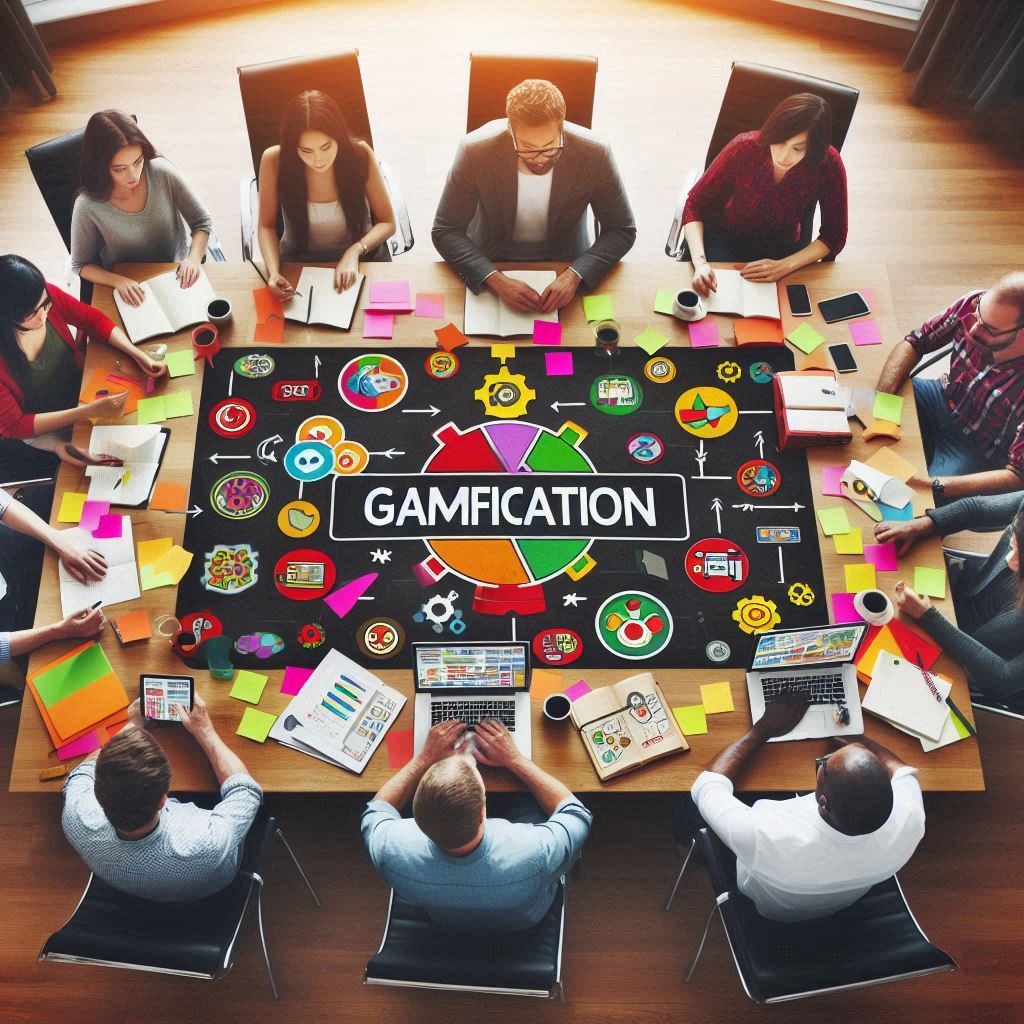The Role of Gamification in Your SEO Strategy
In the competitive world of digital marketing, standing out requires innovative approaches. One such method is gamification, which involves incorporating game-like elements into non-game contexts. By leveraging gamification, businesses can enhance user engagement, improve the overall user experience, and boost their search engine optimization (SEO) efforts. This blog will explore the role of gamification in your SEO strategy and provide actionable tips on how to implement it effectively.
1. Understanding Gamification
Gamification is the practice of applying game-design elements, such as point scoring, leaderboards, challenges, and rewards, to encourage user interaction and engagement. It aims to create a more enjoyable and motivating experience for users, which can lead to increased retention and participation. In the context of SEO, gamification can drive traffic, enhance user engagement, and improve key metrics that influence search rankings.
2. The Benefits of Gamification for SEO
a. Increased User Engagement
Gamification can significantly increase user engagement by making interactions more enjoyable and rewarding. Engaged users are more likely to spend time on your website, explore more pages, and interact with your content. This increased engagement signals to search engines that your site offers valuable content, positively impacting your SEO performance.
b. Higher Dwell Time
When users are engaged in gamified experiences, they tend to spend more time on your site. This increased dwell time can reduce bounce rates and improve user experience metrics, which are factors that search engines consider when ranking websites. Longer dwell times often correlate with higher rankings, making gamification a valuable strategy for SEO.
c. Encouragement of Social Sharing
Gamification can motivate users to share their achievements, scores, or progress on social media. This sharing not only increases your content’s visibility but can also lead to more backlinks and traffic, which are critical components of a successful SEO strategy. User-generated content and social signals contribute to improved search rankings and online authority.
d. Enhanced Content Discoverability
Gamified elements can encourage users to explore your site more thoroughly. By creating challenges, quizzes, or interactive content, you can guide users through various sections of your website, increasing the likelihood of content discovery. This can lead to higher visibility for your content in search engine results.
3. Implementing Gamification in Your SEO Strategy
a. Create Interactive Quizzes and Surveys
Quizzes and surveys are excellent ways to engage users and encourage them to spend more time on your site. By offering valuable insights or personalized recommendations based on their responses, you can enhance user experience and encourage sharing. Ensure that these quizzes are optimized for SEO by using relevant keywords in titles and descriptions.
b. Incorporate Reward Systems
Implement a reward system that incentivizes users for completing specific actions on your site. For example, you can offer points, badges, or discounts for actions such as signing up for a newsletter, sharing content, or making a purchase. This approach not only motivates users to engage but can also lead to increased traffic and conversions, which positively influence SEO.
c. Develop Leaderboards and Challenges
Create leaderboards that showcase top users based on their engagement or achievements. This element fosters a sense of competition and encourages users to participate more actively. Regular challenges or contests can drive engagement, increase user interaction, and promote social sharing, all of which contribute to improved SEO performance.
d. Utilize User-Generated Content
Encourage users to create and share content related to your brand, such as reviews, testimonials, or creative uses of your product. User-generated content can enhance your website’s authority and credibility while also driving traffic. Consider running campaigns that reward users for creating and sharing content, further amplifying your SEO efforts.
e. Optimize Gamified Elements for SEO
Ensure that all gamified elements are optimized for search engines. This includes using relevant keywords in titles, descriptions, and URLs, as well as providing alt text for images. Additionally, consider creating dedicated landing pages for gamified content to improve visibility in search results.
4. Measuring the Impact of Gamification on SEO
To evaluate the effectiveness of gamification in your SEO strategy, monitor key performance indicators (KPIs) such as:
- User Engagement Metrics: Track metrics such as page views, time on site, and bounce rates to assess how gamified elements impact user engagement.
- Conversion Rates: Measure the impact of gamification on conversions, such as newsletter sign-ups, product purchases, or content downloads.
- Social Shares: Monitor the number of shares and interactions on social media to gauge the reach and popularity of your gamified content.
- Keyword Rankings: Analyze changes in keyword rankings to determine how gamification influences your overall SEO performance.
Conclusion
Gamification is a powerful tool that can significantly enhance your SEO strategy by increasing user engagement, improving dwell time, and encouraging social sharing. By implementing gamified elements such as quizzes, reward systems, leaderboards, and user-generated content, you can create a more enjoyable experience for users while driving traffic and improving your search rankings. As you explore the potential of gamification, remember to measure its impact and make data-driven adjustments to optimize your approach. Embrace gamification in your SEO strategy and watch your online presence grow!












